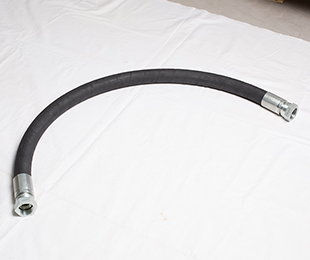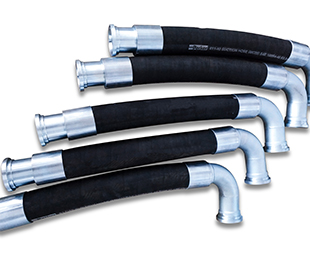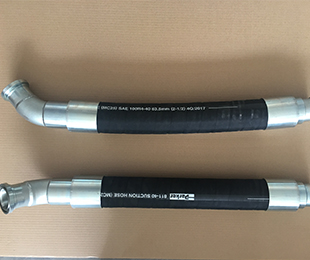O-ring: characteristics, sealing form and material selection are fully analyzed
O-ring is a circular sealing element with a small cross-section, and its common cross-section is usually circular. The main production material is synthetic rubber, in the field of hydraulic engineering, it is the most commonly used and common seals, mainly used for static seals and sliding seals. Compared with other seals, O-rings have the following characteristics:
A. Has a strong sealing, long service life.
b. A single O-ring can play a sealing role in both directions.
c. Good adaptability to oil, temperature and pressure.
d. The dynamic friction resistance is relatively small.
e. Small size, light weight, low cost.
f. The structure of the sealing part is simple, and the installation and disassembly are very convenient.
g. Can be used for static seal, can also be used for dynamic seal.
h. Its dimensions and grooves have been standardized, and it is very convenient for selection and outsourcing.
However, O-rings also have certain disadvantages, such as when the entry seal is started, the friction resistance is large, about 3 to 4 times the dynamic friction force, and it is easy to be squeezed into the gap in high pressure environments.
O-rings can be sealed in a variety of forms:
1. According to the relative motion state of the seal and the sealed device, it can be divided into static seal, reciprocating seal, rotating seal and switch seal.
2. According to the compression amount (that is, the degree of tightness) of the O-ring compression seal in the rectangular groove, it can be divided into five basic sealing matches: pressing sleeve, hydraulic, pneumatic, and rotating, in addition, there are squeezing tight sealing matches in the end chamfered groove. In addition, there are two special sealing methods: sliding seal and floating seal.
3. According to the structure of the sealed parts, it is classified, covering the end seal (that is, the axial seal), the Angle seal (including the hole end face chamfer seal, the shaft end face chamfer groove seal), the cylindrical seal (that is, the radial seal, including the cylindrical inner diameter seal (movable rod seal), the cylindrical outer diameter seal (piston seal)), the cone seal and the spherical seal.
When selecting O-ring material:
The selection of O-ring materials needs to mainly consider the following points:
1) The working state of the O-ring, that is, to determine whether it is used for static sealing, dynamic sealing or sliding sealing.
2) The working state of the machine needs to be clear whether the machine is in a continuous working state or a intermittent working state, and consider the length of time of each interruption, and also determine whether there is an impact load acting on the sealing part.
3) The working medium, to determine whether the working medium is a gas or a liquid, and consider its physical and chemical properties.
4) In terms of working pressure, it is necessary to consider the size of the pressure, the amplitude and frequency of fluctuations, and the instantaneous maximum pressure and other factors.
5) The operating temperature, including the instantaneous temperature and the temperature of alternating hot and cold.
6) Price and source.
In general, oil resistance is usually selected nitrile rubber, weather and ozone can use neoprene rubber, heat resistance is selected acrylic rubber or fluorine rubber, high pressure resistance, wear resistance should be used polyurethane rubber, cold resistance and oil resistance can be used copolychlorinated alcohol rubber.
In general, the O-ring achieves a reliable sealing effect through the mechanism of compression deformation, closure sealing and expansion rebound. This simple and effective sealing principle makes O-rings widely used in various mechanical equipment and industrial fields.






